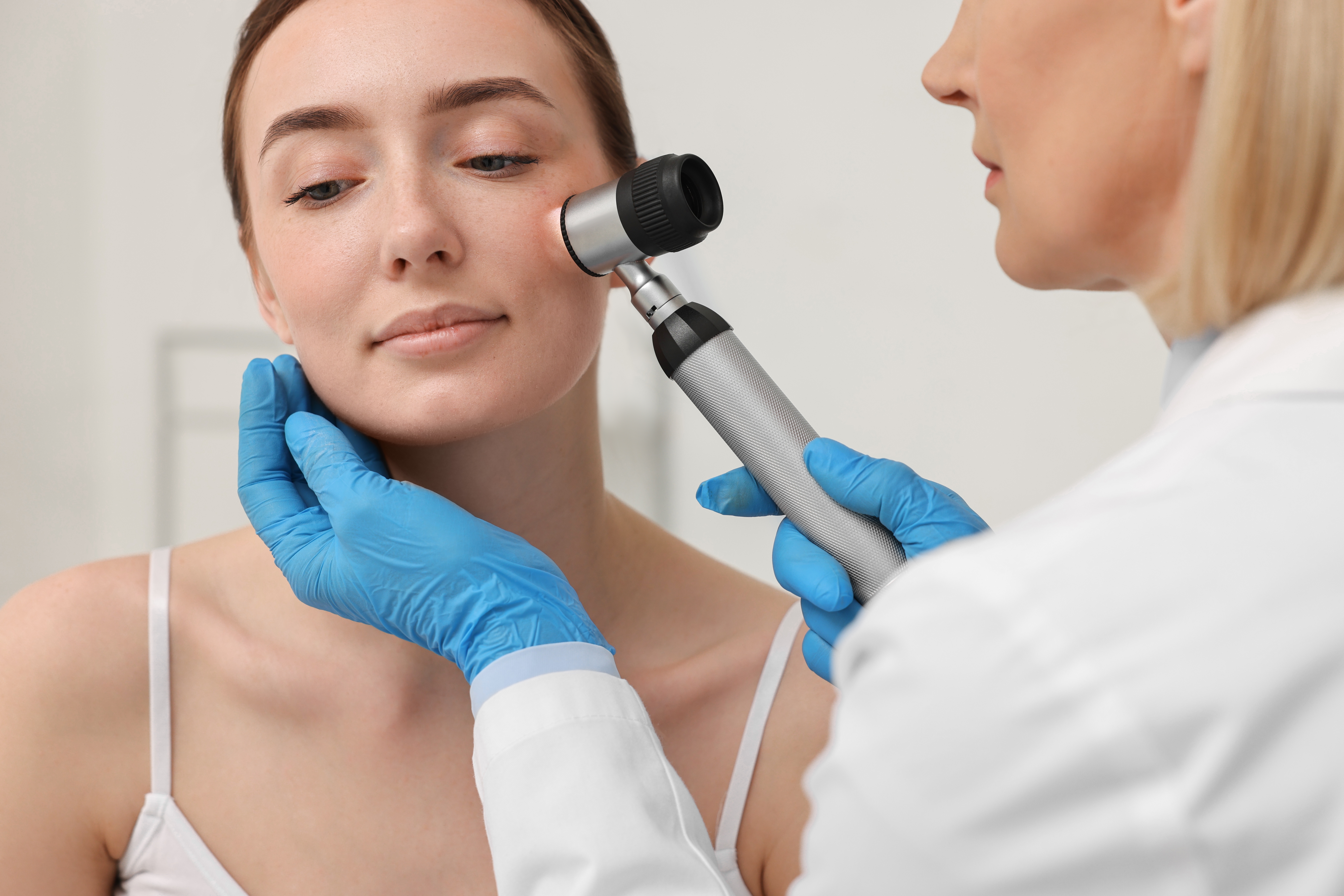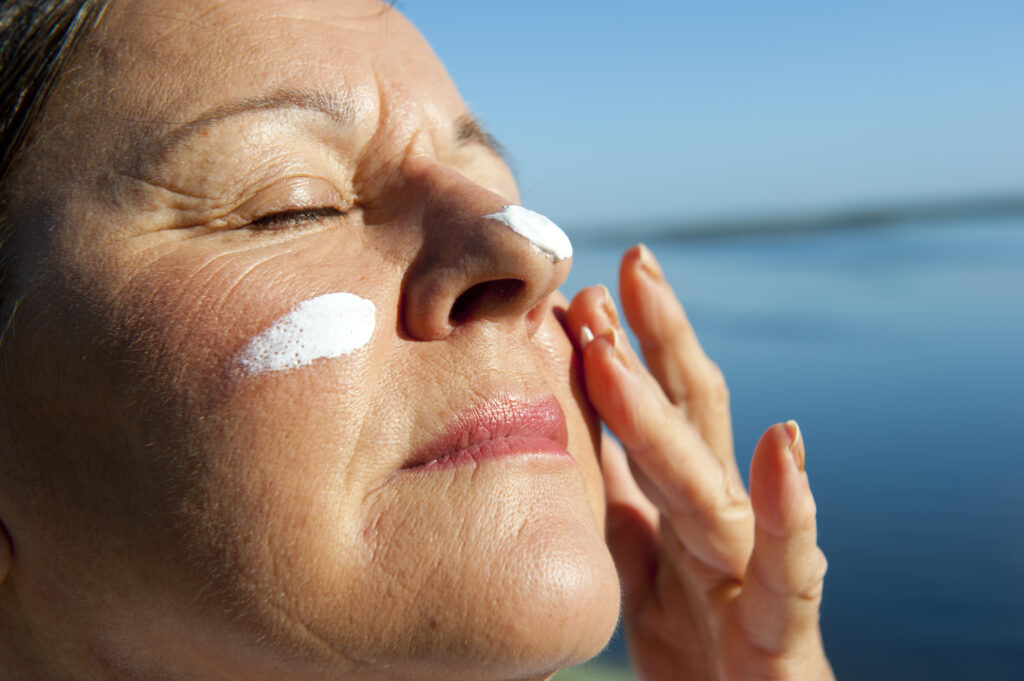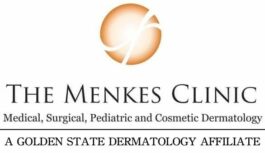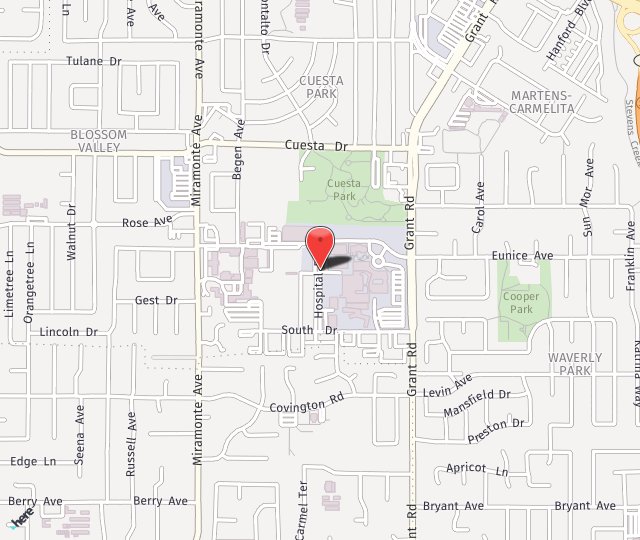Mohs surgery is a highly effective technique for removing cancerous skin growths. It involves removing thin layers of tissue one at a time, examining each layer microscopically until all cancerous cells are eliminated.
While minimally invasive, Mohs surgery does create a wound that requires careful aftercare for optimal healing. At The Menkes Clinic, the team of dermatologic surgeons prioritizes patient comfort and successful recovery.
Undergoing any surgery can be stressful, and recovering from Mohs surgery is no exception. Keep reading to learn 10 tips to help ensure a smooth and comfortable recovery from Mohs surgery!
1. Manage Pain Effectively

Following Mohs surgery, you may experience some discomfort or pain at the surgical site. Your dermatologic surgeon will provide specific instructions on pain medication, but over-the-counter options like acetaminophen or ibuprofen are often sufficient.
Taking pain medication on a schedule for the first 48 hours, rather than waiting for pain to intensify, can help maintain effective levels of medication in your system so that you are comfortable.
2. Minimize Swelling with Cold Therapy
Swelling is a common side effect after Mohs surgery. Applying a cold compress wrapped in a thin towel to the surgical site for 15-20 minutes at a time, several times a day, can significantly reduce swelling and alleviate discomfort. Avoid placing the ice pack directly on the wound.
3. Keep the Wound Clean and Dry
Proper wound care is essential for preventing infection and promoting healing. Your surgeon will provide specific instructions on wound cleaning, typically involving gentle cleansing with mild soap and water once or twice daily.
Avoid irritating the wound, and pat the area dry thoroughly with a clean, non-abrasive towel.
4. Minimize Shower Time and Avoid Soaking
While showering is generally safe 24-48 hours after surgery, it’s crucial to minimize shower time and avoid soaking in baths, hot tubs, or swimming pools. These activities can dislodge the dressing and impede healing.
5. Elevate the Wound When Resting
Elevating the surgical site above your heart level can help reduce swelling and promote drainage. Propping yourself up on extra pillows while sleeping can be particularly beneficial.
6. Prioritize Rest and Hydration
Your body needs ample rest to focus on healing. Plan to take it easy for at least one following surgery. Your surgeon can direct you as to what activities would be appropriate during this time.
Getting enough sleep and avoiding strenuous activity is crucial for optimal healing. Staying hydrated promotes healthy circulation and wound recovery, so also be sure to drink plenty of fluids throughout the day.
7. Protect the Wound from Sun Exposure

Sun exposure can significantly hinder healing and increase the risk of scarring. Your doctor will tell you how long it is necessary to avoid direct sunlight on the surgical site.
Once the wound has healed, it’s essential to wear sunscreen with an SPF of 30 or higher every day, even on cloudy days, to protect the newly formed scar tissue.
8. Follow Your Surgeon’s Instructions Regarding Dressing Changes
Your dermatologic surgeon will provide specific instructions on how often to change your wound dressing. It’s crucial to follow these instructions meticulously to prevent infection and promote healing.
9. Maintain a Healthy Diet
Eating a balanced diet rich in fruits, vegetables, and lean protein provides your body with the essential nutrients needed for healing. These nutrients support tissue repair and strengthen your immune system to fight off infection.
10. Communicate Any Concerns with Your Surgeon
Following Mohs surgery, it’s important to be attentive to your body and the healing process. If you experience any concerning symptoms, such as excessive pain, redness, pus drainage, or fever, contact your doctor immediately.
Anne Zhuang, MD, FACMS, board-certified in dermatologist and fellowship-trained Mohs micrographic surgeon at Golden State Dermatology, explains the importance of prioritizing your aftercare:
“A successful recovery from Mohs surgery depends on diligent aftercare. By following these guidelines, you can optimize your healing process and minimize scarring. Taking these precautions seriously in the first few weeks after surgery can make a significant difference in your long-term outcomes.”
Mohs surgery is a highly effective treatment for skin cancer. By following these tips and your surgeon’s specific instructions, you can optimize your recovery and promote successful healing.
The Risks of Ignoring Post-Mohs Surgery Instructions
While it may be tempting to deviate from your doctor’s post-Mohs surgery instructions, it’s crucial to follow them diligently. Ignoring these guidelines can lead to serious complications, including:
Infection
Infections can occur when bacteria enter the open wound. Symptoms of infection include increased redness, swelling, pain, pus drainage, and fever and usually appear a few days after surgery. Untreated infections can lead to more severe complications and prolonged healing time.
Excessive Scarring
Improper wound care can increase the risk of scarring. Picking at scabs, exposing the wound to excessive sun exposure, or not using recommended skincare products can all contribute to noticeable scarring.
Delayed Healing
Failing to follow post-operative instructions can slow down the healing process. This can result in longer recovery times and increased discomfort.
Why Is It Important to Follow Your Doctor’s Instructions?
Your doctor’s instructions are based on years of experience and knowledge. They are designed to optimize your healing process and minimize the risk of complications.
By following these guidelines, you are taking an active role in your recovery and improving your chances of a successful outcome. Remember, your doctor’s primary goal is your health and well-being.
By trusting their expertise and following their instructions, you can ensure a smooth and speedy recovery. If you have any questions or concerns about your post-Mohs surgery care, don’t hesitate to contact your doctor or your healthcare provider.
They are there to support you and guide you through the healing process.
Our team of experienced dermatologic surgeons is dedicated to providing comprehensive skin care solutions.
Dr. Hovik Ashchyan, board-certified dermatologist and a fellowship-trained Mohs micrographic surgeon at Golden State Dermatology, explains:
“Many of us growing up were often told to let wounds “dry out” or scab over to heal better, but turns out this is not true. Contrary to this popular belief, wounds actually heal much better in a moist environment. This is why your Mohs surgeon will often recommend using generous amounts of Vaseline or Aquaphor on your healing wound.”
Schedule a Consultation Today
If you have concerns about your skin or are considering Mohs surgery, schedule a consultation at The Menkes Clinic. Our experienced dermatologic surgeons can assess your individual needs, develop a personalized treatment plan, and guide you through the entire process, from surgery to recovery. Don’t hesitate to seek expert care for your skin health.

